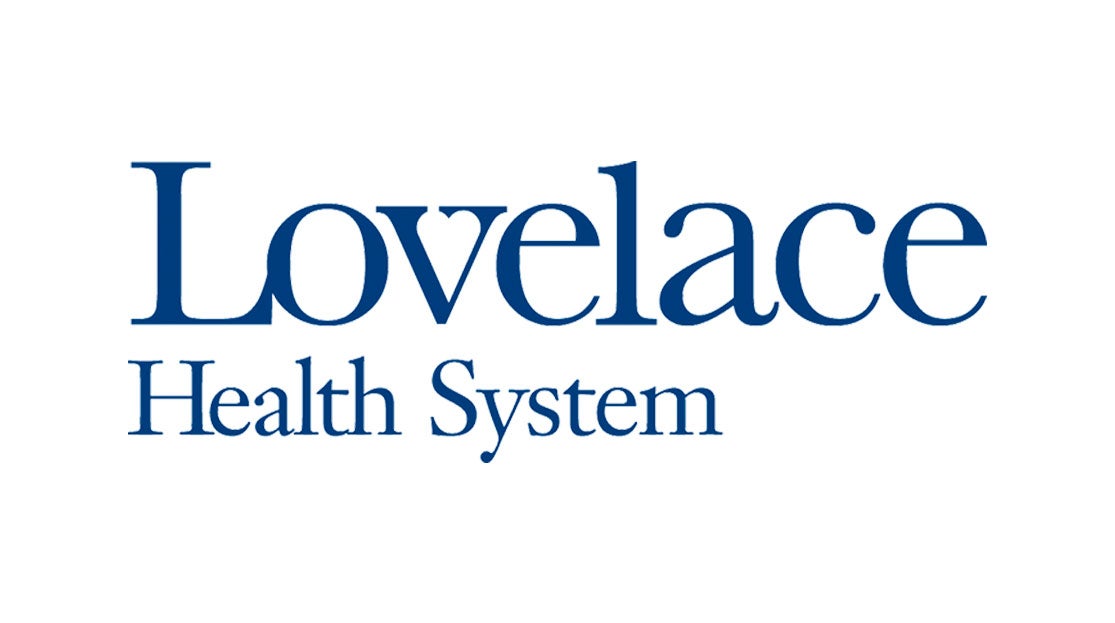
New recommendations were announced Tuesday by the American College of Cardiology and the American Heart Association. They say an estimated 31 percent of Americans could benefit from the use of statin drugs. That figure is more than double the current percentage (15 percent) of Americans taking these medications to lower their cholesterol. The recommendation, which is based on a four-year review of data, aims to simplify the multi-process evaluation for people who should be taking statins.
"Everyone who has been diagnosed with coronary artery disease (plaque in the heart arteries), cerebrovascular disease (plaque in the neck arteries), peripheral vascular disease, or diabetes should be on a statin," says Dr. Brandon Cavanaugh, cardiologist at the Heart Hospital of New Mexico at Lovelace Medical Center.
Who should take statins?
Anyone who has diabetes, suffered a heart attack or who has LDL cholesterol levels in excess of 190 mg/dL are now advised to take statins (versus patients staying on statins to hit a target of 70 mg/dL). Additionally, anyone with a risk of 7.5 percent or greater of having a heart attack in the next 10 years is included in this new recommendation. To determine that risk, the American College of Cardiology and the American Heart Association developed this new risk factor calculator, which takes into account blood pressure, age, total cholesterol and stroke history. Under these new recommendations, more women and African-Americans are expected to qualify for statin therapy, if they have a higher-than-average risk of stroke.
For those hesitant to comply with their prescribed statin use due to possible side effects, Dr. Cavanaugh says that risk is low. "There has been a lot of talk with regard to side effects with statin drugs, but in reality only 10 to 15 percent of people have minor side effects such as muscle aches," he explains. "Serious side effects are extremely rare and are always reversible. These drugs have helped prevented countless cardiovascular events such as heart attack and stroke."
Dr. Cavanaugh says, althought these receommendations broaded the portion of the population who may need statin therapy, the drug is not for everyone. "You should be evaluated by a cardiologist at the age of 50 to assess whether or not you have any of the conditions as described above," says Dr. Cavanaugh.
Broader Recommendations to Reduce Heart Attacks and Strokes
While new statin use recommendations are the big story, it is only one component of the America College of Cardiology and the American Heart Association’s new guidelines to help prevent more heart attacks and stroke in the U.S. The first of a five-part article series posted onblog.heart.org also puts forth that providers define and treate obesity as a disease, use a new equation to assess African-American’s specific cardiovascular risk and recommend new dietary and exercise guidelines for patients.
Citing research that shows that more patients are successful at obtaining and maintaining a healthy body weight under the care of a health care provider, the article encourages providers to actively manage this process for patients. The new guidelines sets forth a plan for helping providers achieve this – first by requiring at least once a year a body mass index (BMI) for every American. Secondly, the new guidelines find patients can benefit from weight loss with only one other risk factor, as opposed to the old recommendation of two or more (such as hypertension, high cholesterol, family history).
Donna Ryan, M.D., co-chair of the committee who wrote the new guidelines, says in the article, “The key message here is that we know weight loss isn’t just about will power.” She adds, “It’s about behaviors around food and physical activity, and getting the help you need to change those behaviors.”
Another key component to the guidelines, as mentioned above, is the new risk assessment calculator. Since African-Americans are at an increased risk of heart attack and stroke, going off of the previous assessment build on long-term research of a white population, did not give accurate information to providers. By adding in new risk assessment for stroke, this new equation is beneficial for a larger audience as well – as it is based on more current research of a broader audience. The new risk assessment calculator is recommended for anyone 40 to 79 years old to assess his or her 10-year risk.
New dietary and exercise guidelines focus on maintaining overall heart-healthy behaviors, specifically designed to target people who need to lower cholesterol and blood pressure. That is still a pretty broad group of Americans – as one in three have uncontrolled high cholesterol and two in three have high blood pressure. Consuming less sodium through a step-down approach from 3600 milligrams daily to 2400 milligrams dailey to finally a target of 1500 to lower blood pressure. Exercising at least 40 minutes a day three to four times a week at a moderate to vigorous level is also recommended.




